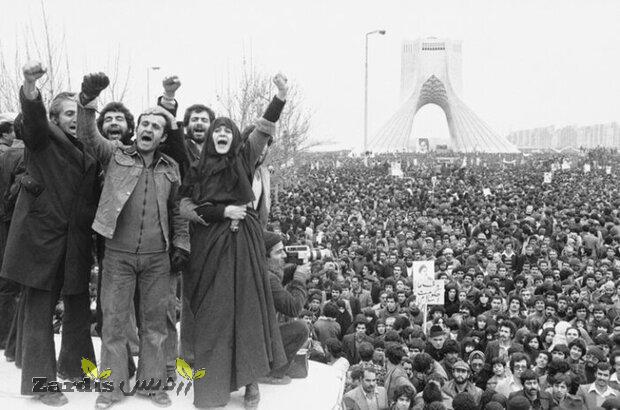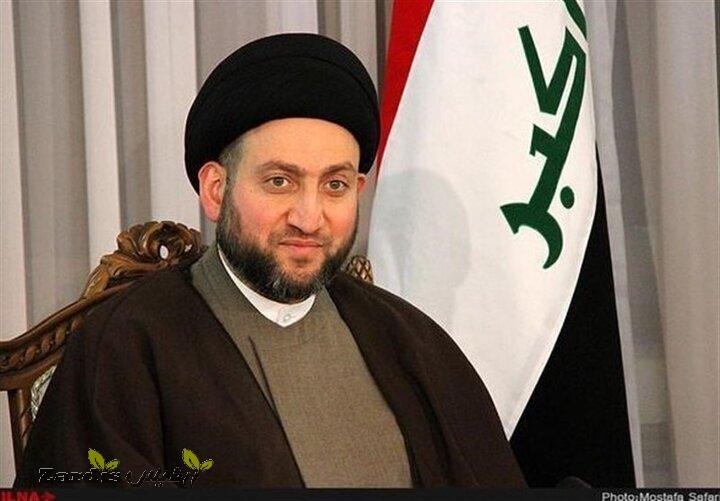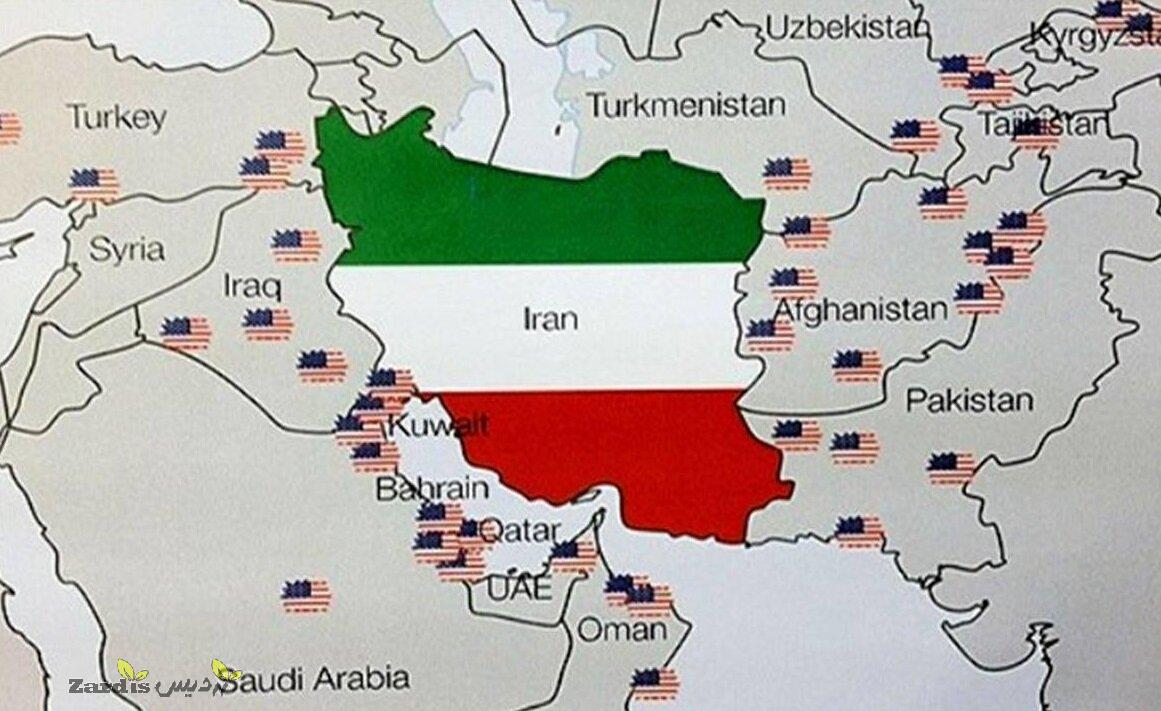June 5, 2025, marks the 61st anniversary of the historic uprising of 15 Khordad 1342 (June 5, 1963), a watershed moment in Iran’s modern history that continues to resonate deeply within the collective memory of the Iranian nation. On this solemn occasion, Iranians across the country are paying tribute to the brave souls who stood up against oppression, marking the beginning of a revolutionary path that would eventually lead to the victory of the Islamic Revolution in 1979.
The uprising of 15 Khordad was not a spontaneous or isolated event, but rather the culmination of growing public dissent against the increasing authoritarianism, Westernization, and secular policies of the Pahlavi monarchy—particularly its attacks on religious institutions and values. At the heart of the resistance stood Imam Ruhollah Khomeini, the esteemed religious leader and marja’, whose fearless voice became the spiritual beacon of the movement.
In the early 1960s, the Pahlavi regime, under the direct influence of Western powers, especially the United States and Britain, launched a set of reforms known as the “White Revolution.” These so-called reforms were implemented without regard to Islamic principles or the will of the Iranian people.
Religious scholars, or ulama, as well as traditional segments of society, viewed the White Revolution as an aggressive assault on the Islamic identity of the nation. Among the most vocal critics was Imam Khomeini, who warned that the Shah’s policies were eroding the country’s independence and submitting it to foreign domination under the guise of modernization.
His sermons and speeches, particularly the historic address on the afternoon of Ashura (June 3, 1963), condemned the regime’s policies and likened the Shah to Yazid, the tyrant of early Islamic history. Just two days later, on June 5, security forces raided his home in Qom and arrested him—an act that triggered a spontaneous and nationwide uprising.
As news of Imam Khomeini’s arrest spread, tens of thousands of people took to the streets in various cities, including Tehran, Qom, Shiraz, Mashhad, and Varamin. Protesters, largely consisting of bazaar merchants, students, clerics, and ordinary citizens, chanted slogans against the Shah and in support of the imprisoned cleric.
The response from the regime was brutal. Military and police forces opened fire on unarmed demonstrators. In Varamin, villagers marched to Tehran in a show of support for Imam Khomeini and were met with deadly violence. In Tehran, tanks rolled through the streets. Though the exact number of casualties remains unknown, thousands were reportedly killed or injured, and many more were arrested.
The day ended in bloodshed, but it marked the beginning of a new era. The uprising of 15 Khordad signaled that the Iranian nation would no longer remain silent in the face of tyranny and foreign domination. It was a declaration of resistance that deeply shook the foundations of the monarchy.
Though the uprising was violently suppressed, it represented a powerful ideological and political shift. For the first time, a movement led by religious leadership had mobilized the masses in open defiance of the regime. Imam Khomeini, despite being exiled shortly thereafter, became the undisputed symbol of this resistance.
15 Khordad was the moment when Islam and revolution merged in the Iranian public consciousness. It inspired the rise of politically conscious religious movements and laid the groundwork for a nationwide struggle that would gain momentum over the next 16 years. The Islamic Republic of Iran officially regards 15 Khordad as the day when the Islamic Revolution was truly born.
The uprising of 15 Khordad remains a cornerstone of Iran’s modern identity. It teaches future generations the importance of vigilance, sacrifice, and standing firm in the face of oppression.
In remembering the martyrs of 15 Khordad, the Iranian people reaffirm their loyalty to the principles of the Islamic Revolution: independence, dignity, Islamic governance, and resistance against tyranny.
Each year, on 15 Khordad, officials, scholars, and citizens gather across the country to honor the martyrs and reflect on the lessons of the uprising. Political and religious leaders reiterate the importance of defending the values for which the martyrs gave their lives: Islamic identity, national sovereignty, and resistance against injustice.
MNA/
- زردیس Zardis
- News code 57004
- 16 View
- بدون نظر
Zardis news | The latest news of Iran and the world
تمامی حقوق مطالب برای Zardis news محفوظ است و هرگونه کپی برداری بدون ذکر منبع ممنوع می باشد.
طبق ماده 12 فصل سوم قانون جرائم رایانه ای کپی برداری از قالب و محتوا پیگرد قانونی خواهد داشت.
طراحی و اجرا: سامانه سایت ساز زردیس







